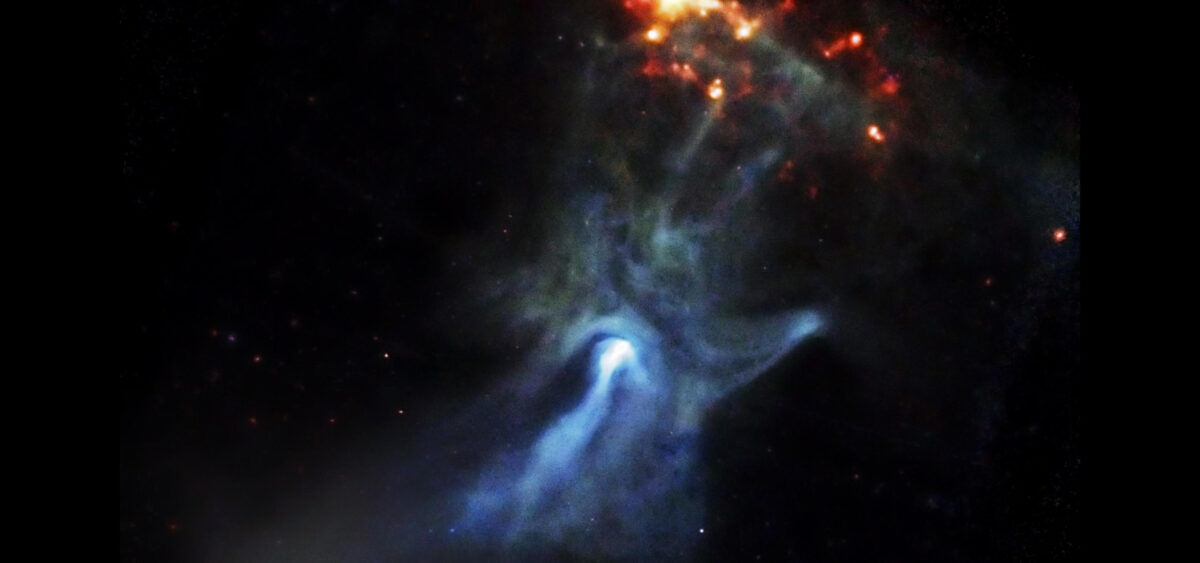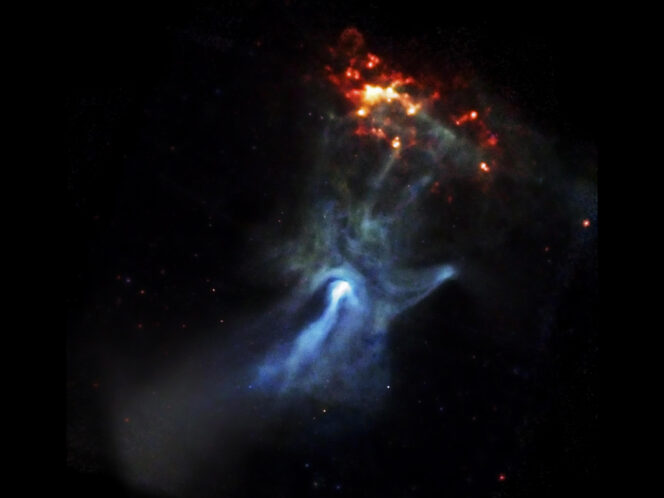
Here is a pulsar, PSR B1919+21, located in the constellation of Vulpecula. Despite remaining invisible to the eye, it sends out radio signals with perfect regularity, namely once every 1.337302088331 seconds. These powerful pulses race through space at the highest possible speed, namely 299,792,458 m/s. After 1000 years, some of them reach a small, bluish planet populated by the strangest of creatures, made of proteins.
And here is one of these imperfect, organic creatures: a young homo sapiens female in horn-rimmed glasses. She is walking between thin posts installed in the ground. There are around 1000 of them, and they form pairs linked by diagonal rods, with wire hanging between each pair. The area is somewhat reminiscent of a field prepared for the cultivation of hops. In fact, it is an experimental radio astronomy observatory at the University of Cambridge.
It is the year 1967, the sixth day of August, and this particular homo sapiens is called Jocelyn Bell. She has spent the past two years








